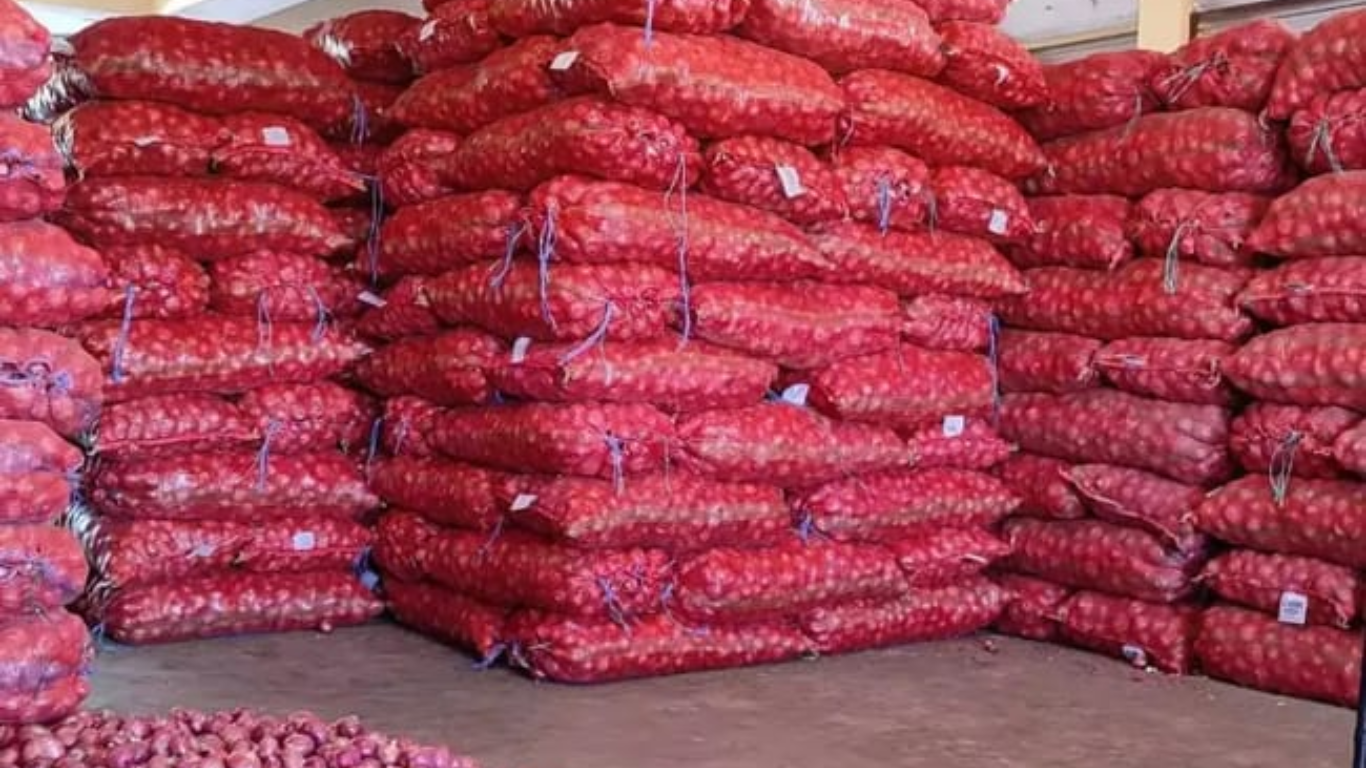India has permitted a restricted quantity of onion exports to the United Arab Emirates (UAE) and Sri Lanka, amidst ongoing restrictions on outbound shipments of the staple vegetable.
In a recent development, The Ministry of Commerce and Industry, acting through the Directorate General of Foreign Trade (DGFT), issued a notification late on Monday, authorizing the export of an additional 10,000 metric tons (MT) of onions to the UAE, supplementing the previously permitted 24,000 tonnes. Additionally, 10,000 tonnes of onions have been greenlit for export to Sri Lanka, facilitated through the National Cooperative Exports Limited (NCEL).
This move comes in the wake of India’s decision in March to allow the export of 50,000 tonnes of onions to Bangladesh. However, the government has extended the ban on onion exports until further notice. Initially implemented in early December 2023 until March 2024, the ban’s extension indicates continued caution regarding the domestic onion supply.
According to the DGFT notification, onion exports will be permitted based on the central government’s approval to other countries, as requested by them. Last August, the government imposed a 40 percent duty on onion exports to mitigate price inflation and enhance domestic supply, a measure effective until December 31, 2023. Subsequently, a Minimum Export Price (MEP) of USD 800 per tonne was set for onion exports, effective October 29.
While most onion exports face duty, exceptions are made for certain varieties. The export of ‘Bangalore rose onion,’ a geographically indicated variety cultivated in and around Bengaluru, was exempted from export duty. However, exporters must furnish certification from the Horticulture Commissioner, Government of Karnataka, confirming the item and quantity of Bangalore Rose Onion for export.
The government’s decision to allow limited onion exports aligns with efforts to stabilize prices amid rising demand and supply challenges. India maintains a buffer stock of onions, which is replenished during the Rabi season (April-June), covering 65 percent of the nation’s onion production. This stock serves as a safeguard against market fluctuations and ensures price stability, particularly during lean supply periods until the Kharif crop harvest in October-November.
As India navigates onion export regulations, balancing domestic demand with international trade remains a priority for policymakers.

















